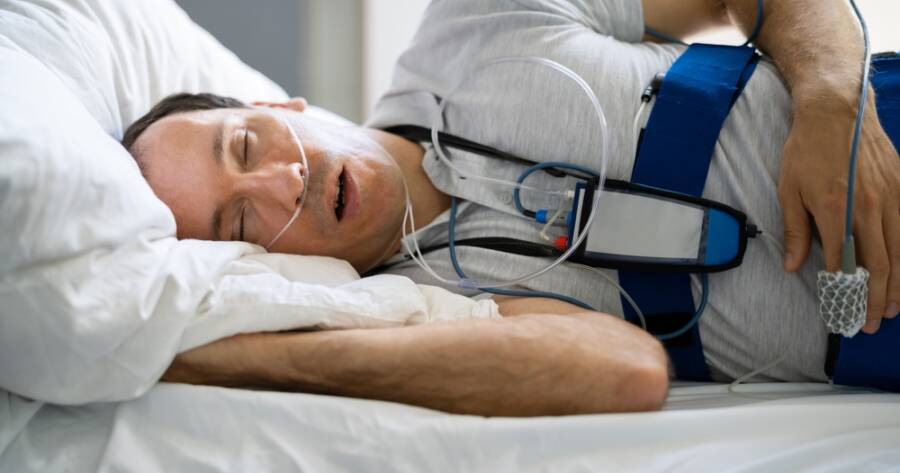Participating in sleep apnea clinical trials provides individuals with both the chance to contribute to medical research and the benefit of financial compensation. Modern trials offer advanced treatment options and are supported by esteemed research centers. Understanding eligibility criteria, trial experiences, and the pivotal role participants play enriches both their personal and medical journey.
Earn Compensation by Participating in Sleep Apnea Trials
Participating in sleep apnea clinical trials presents a unique opportunity for individuals diagnosed with this condition. Not only do these trials contribute to the advancement of medical research, but they also offer financial compensation to participants.
Across the United States, there are currently 73 active clinical trials recruiting participants for obstructive sleep apnea. These trials are concentrated in states such as California, Ohio, Florida, and Pennsylvania, which offer significant monetary evaluations, potentially reaching several thousand dollars for participants.
Wide Range of Treatment Options
These clinical trials explore various treatment options, leveraging the latest in medical research to address the multifaceted nature of sleep apnea. Participants can access cutting-edge medications and treatments without fees, such as the LunAIRo trial under Apnimed’s AD109 Phase 3 Clinical Program.
Some trials focus on novel approaches, like the Alesis OSA-1 laser light therapy device and lorundrostat medication, providing alternative methods to conventional CPAP therapies. These treatments target specific aspects of sleep apnea, including cognitive impacts, hypertension, and COPD-related symptoms.
Eligibility and Enrollment
Eligibility for participation in these trials generally includes adults over 18, although some trials cater to specific demographics, such as older adults or those with specific conditions like Down Syndrome. For example, a clinical study in Daytona Beach focuses on those diagnosed with sleep apnea who are not enrolled in other studies.
To ensure participant safety and relevance, trials have strict inclusion and exclusion criteria. A streamlined selection process helps match participants with appropriate trials, enhancing the efficiency of finding applicable studies.
The Role of Research Centers
These trials are conducted in esteemed medical centers such as NYU Langone Health and the University of California San Diego, providing participants access to expert medical teams. Each research center administers thorough evaluations and continuous monitoring, ensuring high standards of care during the trial.
In addition to the health benefits and support, the trial experience includes gaining insights into personal health conditions and treatment responses.
Participant Experiences and Benefits
Participant feedback is crucial to the success of sleep apnea trials. Sharing experiences not only supports research but also enhances the understanding and development of new treatment options.
Aside from the financial incentives, trial participants play a vital role in advancing the treatment landscape for sleep apnea, potentially influencing the quality of life for millions of current and future sufferers. Additionally, participants may receive rewards for referring others to clinical trials, adding to the financial benefits.
Learn More About Sleep Apnea Trials
Exploring the realm of sleep apnea clinical trials could offer diverse personal and societal benefits. From earning substantial compensation to accessing the latest in treatment options, these trials provide an unparalleled chance to contribute to groundbreaking research.
The actions of participants in these trials pave the way for medical advancements that have the potential to revolutionize sleep apnea treatments for future generations. Understanding the structure, inclusion criteria, and scope of these trials offers insight into their value, proving worthwhile for individuals interested in both personal gain and contributing to broader health initiatives.
Sources
Active clinical trials for sleep apnea in the US

